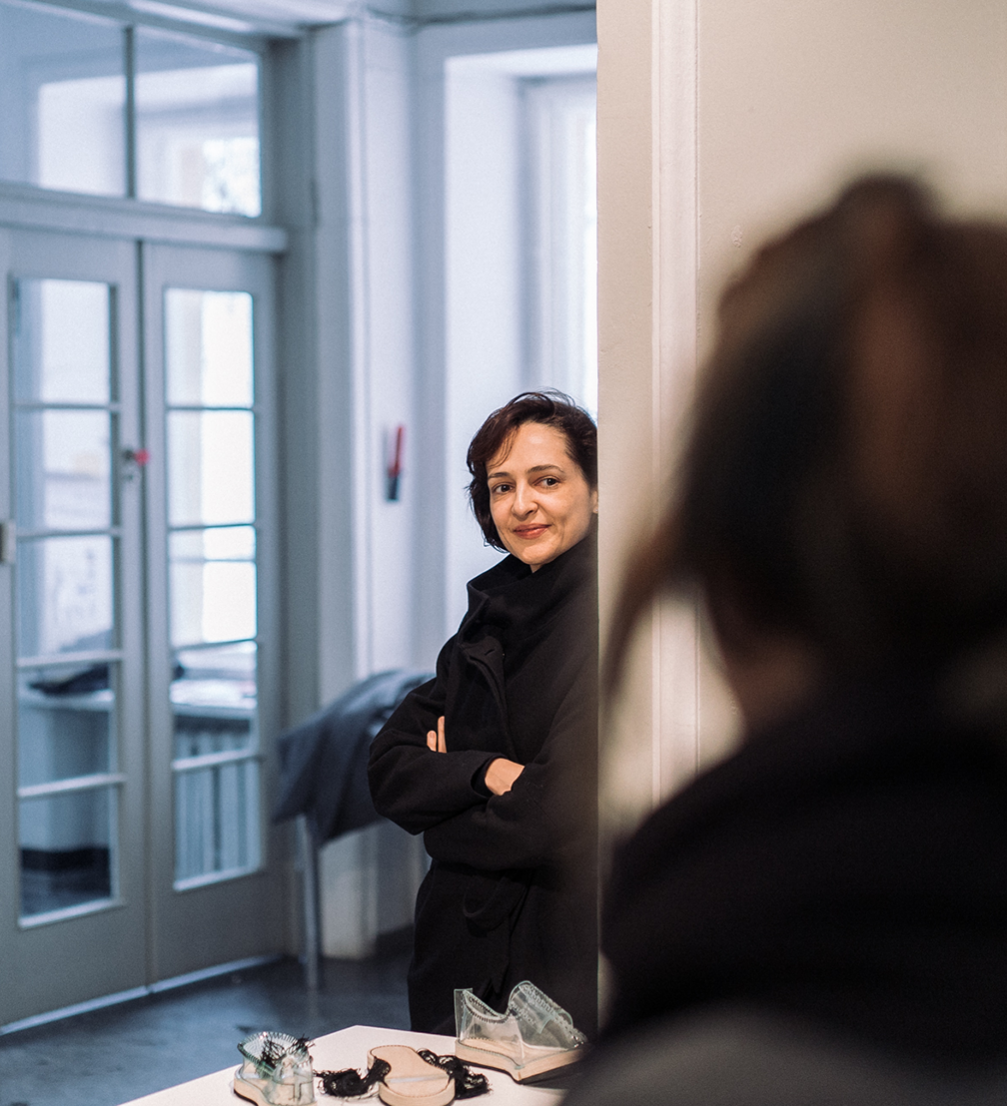
Regardless of the commercial success of the Spanish footwear business «Camper», the family–owned brand still gives an impression of a carefree, free–spirited pathfinder. We asked the leading design consultant and director of «Camper» creative network Adriana Rodriguez how this is possible and what it means to work for such a big enterprise.
During the last forty years of «Camper», their shoes have been described in many colourful ways. However, their ability to stand out from the crowd, in addition to their retail collaborations with big names as «Nendo», Shigeru Ban, Kengo Kuma, «Campana Brothers» and Hella Jongerius, has allowed the untamed image of the well–known shoe and accessories brand to become more than desirable. In late January Adriana Rodriguez visited the Estonian Academy of Arts to hold a «Camper» workshop for design students. It was organised within the Nordic–Baltic Network of Art and Design Education «CIRRUS».
When I came across the «Camper» workshop at the Estonian Academy of Arts, I found out that you organise many similar workshops around the world. Tell us a bit more!
One of the things that distinguishes «Camper» from other fashion brands is that over the time we have established a rather large creative network that allows us to get to know people and keep up to date with emerging designers, who in the future could become part of our team in some way. These workshops are organised to foster collaboration, and for some attendees this results in an internship at «Camper». Every year we have two to three workshops, with one large session at the end of the season, where we invite the best designers we have met. These designers could come from many disciplines, not just fashion but also architecture, textile, industrial design… anything in connection with creativity.
For the last six years we have organised the main workshop in Majorca, but this June we are taking the project to Korea, which is now literary bursting in terms of design and creativity. Estonia is another country on our radar where we increasingly find interesting work and for us, it has a pioneering spirit.
Nowadays more than ever everything is cross–over. Fashion designers are designing cars, car designers are designing furniture, furniture designers are designing clothing.
What brought you to Tallinn?
Recently, I met two people from Estonia — the designer Marit Ilison who was a finalist in the Hyères Festival in France and Mirja Pitkäärt who was studying for her Masters degree at the London Fashion College. I was attracted by the way Mirja used leather as material — with the skill of a craftsman yet very contemporary at the same time. She had studied at the Estonian Academy of Arts, at the Leather art department where they also do book binding and things like that. Leather Art Department… it could imply either traditional craftwork or maybe using leather in a very cool and unique way. When I first arrived here and met Lennart Mänd, the Head of the Department, I was completely impressed by how creative this department was. Students are not limited in their use of leather for one thing or another, it can be for product design, fashion design etc. and they can combine it with other materials. It’s no easy task to progress a century old department, but it’s happening right here.
What do you think about this design education that divides the departments depending on the material? It is like that in Latvia as well.
Do you really want to know what I think? It virtually doesn’t exist anywhere else anymore. Nowadays more than ever everything is cross–over. Fashion designers are designing cars, car designers are designing furniture, furniture designers are designing clothing. This is exactly the opposite of this structure and it’s what we aim to break a little with the workshop. Why couldn’t you as a fashion designer also try wood, for example? The outcome could be more interesting for all of us.
What did you and the students do here at the academy?
We started brainstorming about what is «wearable» for them, be it a shoe, clothing, accessories or something else. Everyone usually thinks that this is something connected with our body, something comfortable, functional, but for me it has more to do with perception. When we see someone wearing super–high heels, we wonder how that person can even stand on those, while for her it is totally wearable. The participants of the workshop had to make a prototype for a wearable product. They had to create a concept and a three–dimensional model to show their idea. When you’re working in a big company like «Camper», a designer turns to the creative director with just an idea or a concept. There is usually not enough time to develop ideas to the full, but what is important is to simply show it, to communicate the idea and how it will work.
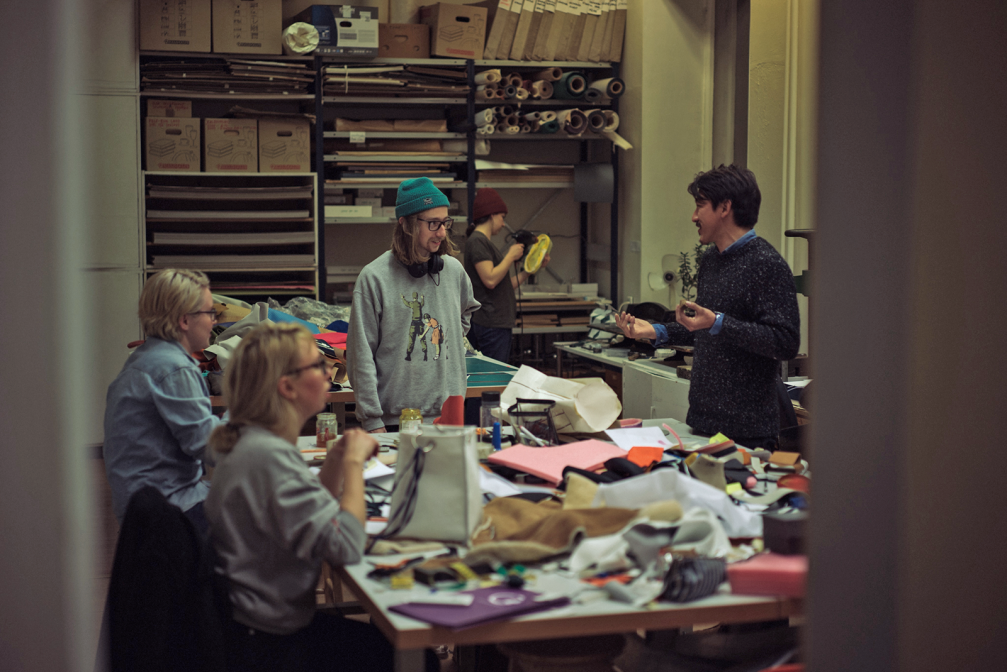
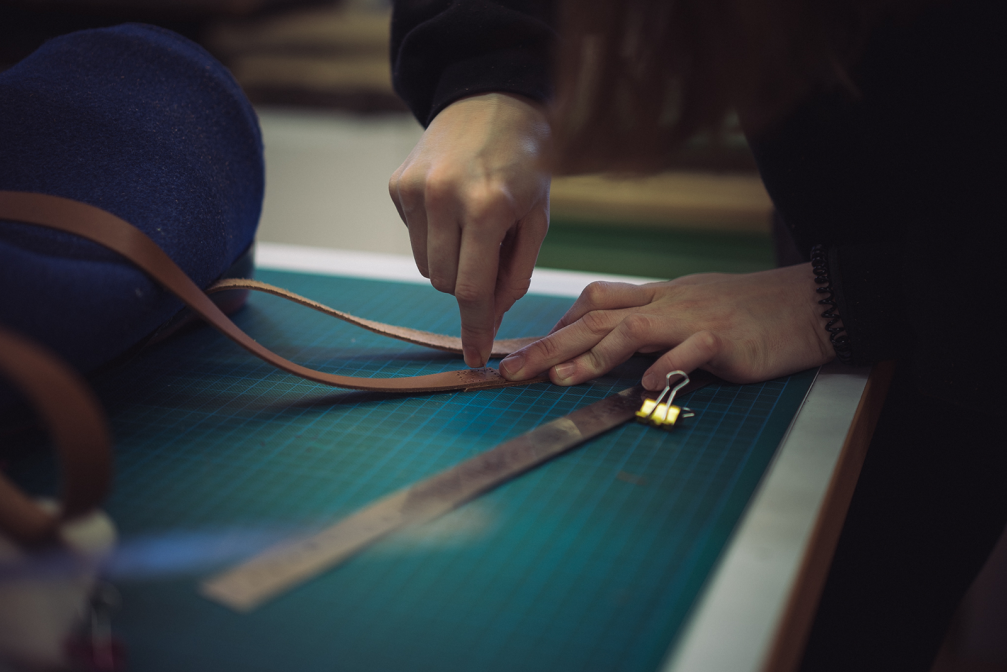
How did you start working at the «Camper» and what are your responsibilities?
I studied fashion design in Milan and also worked there for a while. You see the things they make there, which are so beautifully made, with so much soul, utilising beautiful materials, knowledge and tradition. I thought, if I study in Milan, I will be able to do anything. When I got a call from «Camper», their job offer was to become the «antenna» of the company — to travel, meet people and bring back what I think is important in contemporary design. This is what I do now as the director of the creative network, and I also work as a design consultant for the main collection.
Tell us a bit more about «Camper» product design and the creative process. Some of the models have already become design icons, do you have any personal favourites?
We have around ten designers working in Majorca and the team is very international — we have designers from Spain, Japan, Czech Republic and the Netherlands. Each has a specialty, developing products for children, unisex models etc… The ultimate creative style and tone is decided by the creative director and things flow from there.
But from «Camper» icons I like «Pelotas» the most. It is now very popular to talk about hybrids, but when «Camper» first created them twenty years ago, this idea wasn’t so common. A classic leather upper with a rubber outsole blurs the line between «casual shoes» and «work shoes», the result being playful hybrids for urban lifestyle.
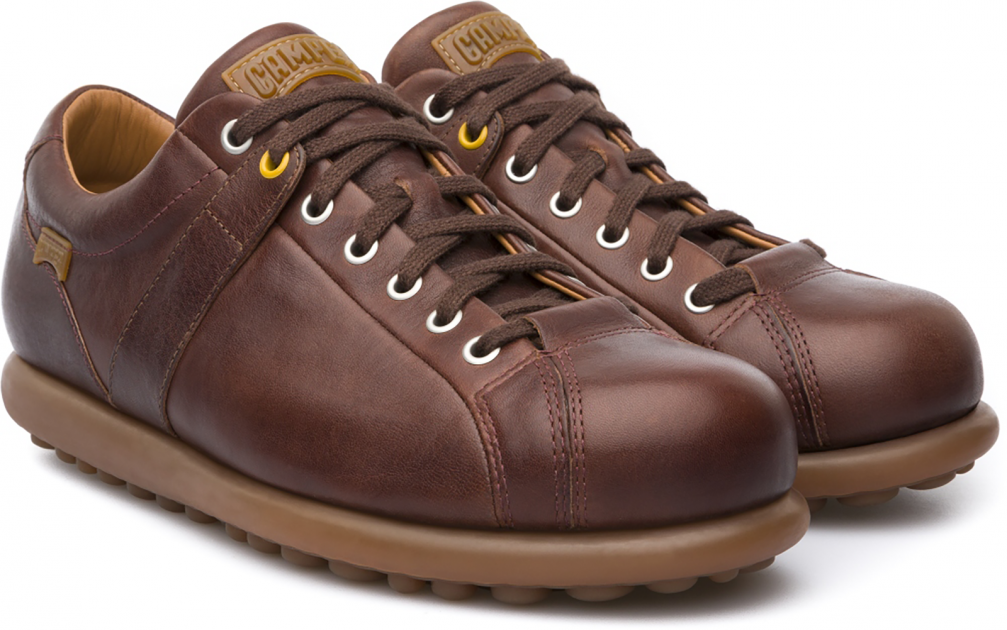
What are your criteria for a perfectly designed shoe?
I know, sometimes people describe «Camper» as «comfortable» like it is something undesirable, but I really think that comfort should be inherent. High quality of materials, good sense of proportions is also, of course, very important. The shoes should match the wearer’s personality and help to achieve balance with a complete outfit.
I always go to supermarkets when I’m abroad. It’s like cultural, social, anthropological research — for me it is the beginning of understanding how a design should evolve.
Previously you mentioned that the design scene in Korea is very interesting. Could you share more observations from your travels?
What bores me so much is when I visit places and I see that everything is homogeneous. You know what to expect from New York, London, how people are dressed there. Everything is so connected that you have to dig very deep for something to surprise you. I meet designers and see so many elements in their work that are just references of somebody else’s work, and this is happening more often. The great thing about coming to countries like Estonia, is that I can still find people who are not doing something because they want to work for someone, they just do what they like, with freedom. Eastern European countries in general are now very interesting. Also cities like Prague from where we have several designers. Maybe in ten years we will look to countries like South Africa, South America — these are places that are becoming more and more interesting, exploding in terms of creativity.
Are there any designers whose work you particularly admire?
Of course, we look at what other designers are doing, but I find it more and more useful and inspiring to explore not the work by other designers, but human nature. When I travel, it is less important for me to know whether it will be warm or cold there than to learn how people behave — do they stay indoors or go outside, what do they do when they go out, what do they do on the weekend, what kind of bars do they go to and what do they eat. I always go to supermarkets when I’m abroad. It’s like cultural, social, anthropological research — for me it is the beginning of understanding how a design should evolve. Even music and cinema follow afterwards.
Do you have any advice for aspiring designers who are at the very beginning of their careers?
I don’t have a general piece of advice for everyone. It depends which brand or design house the person wants to work for and where they are aiming. However, if someone wants to do something on their own, he or she really has to think what is unique about them. Sometimes, when you look at so many references you don’t even notice that you start to use them in your designs. You need to understand yourself first.
That is the hardest part.
That’s why some people don’t do it at all. It is easier to follow trends. However, I don’t think that everyone has to be super unique. Some people feel great working for a brand and they are very good at it. Also, it is always good to have experience before you begin to develop your own brand. You can design very well, but it won’t be enough if you know nothing about logistics, media and communication. You can have fun, but to bring it to the next level you have to think about these aspects. Fashion design is an enormous discipline and there are a thousand opportunities within it.
Sometimes, when you look at so many references you don’t even notice that you start to use them in your designs. You need to understand yourself first.

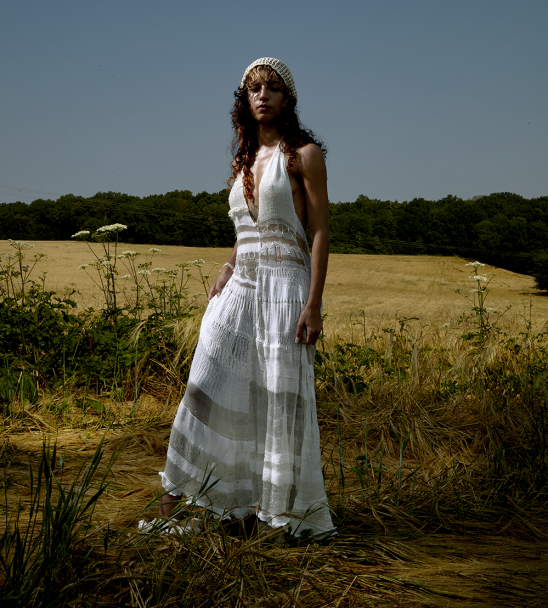
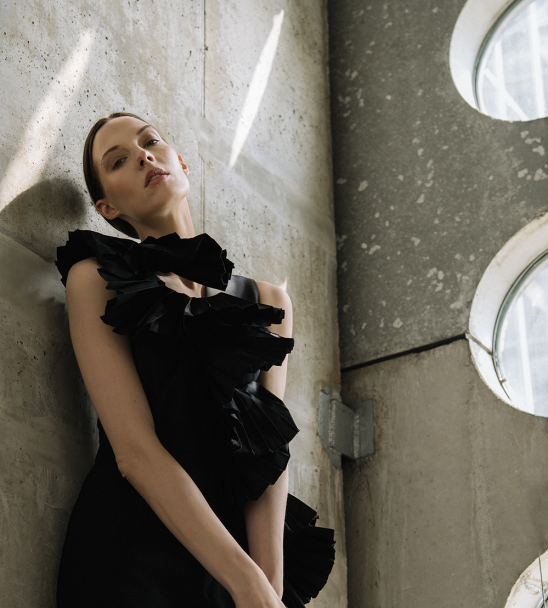
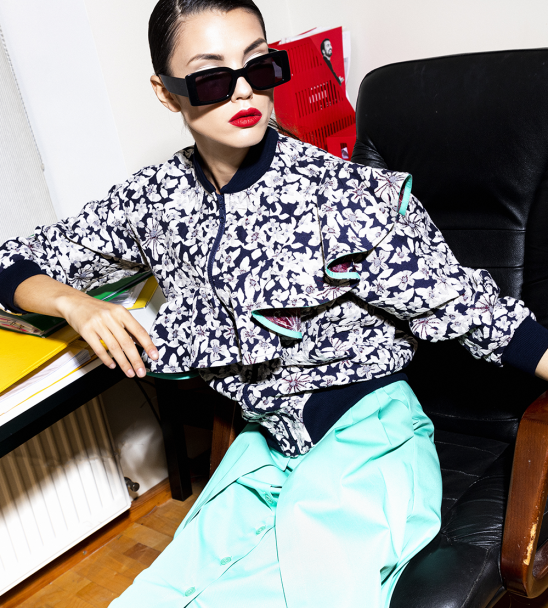
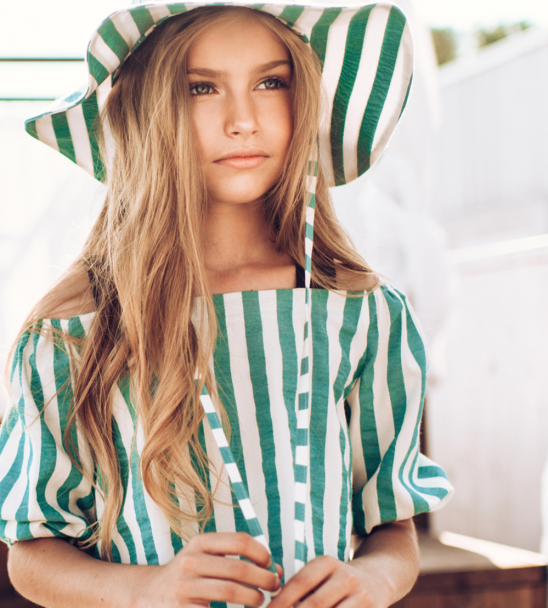
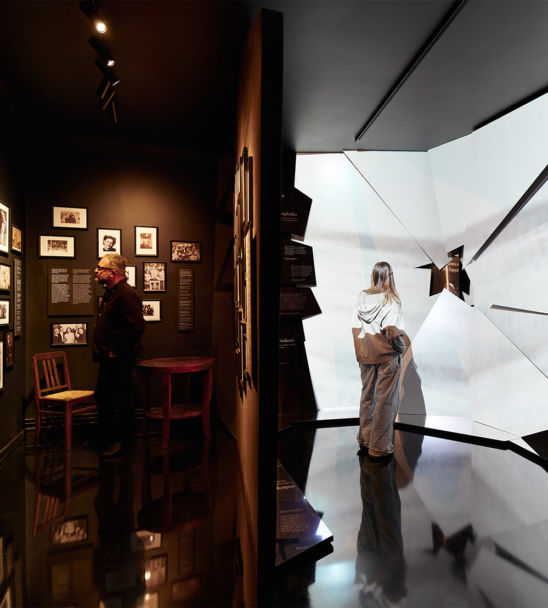
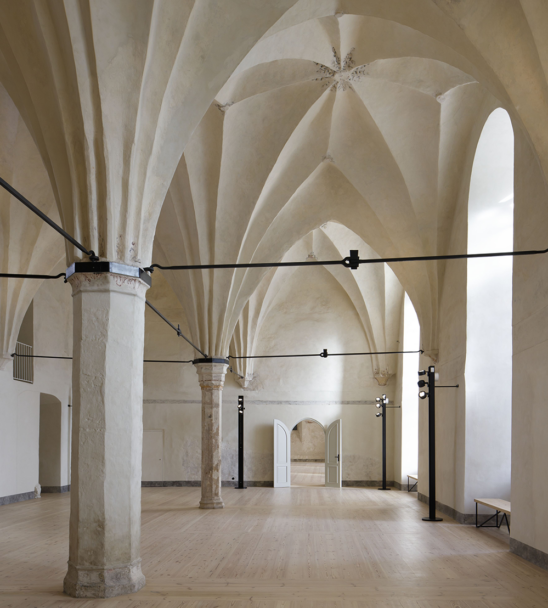
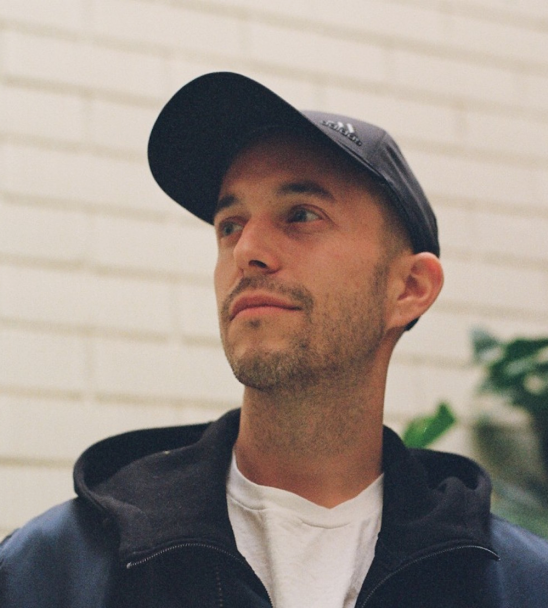
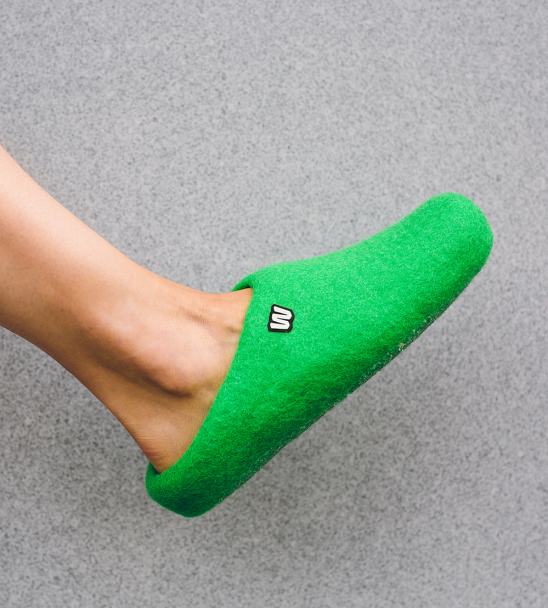
Viedokļi